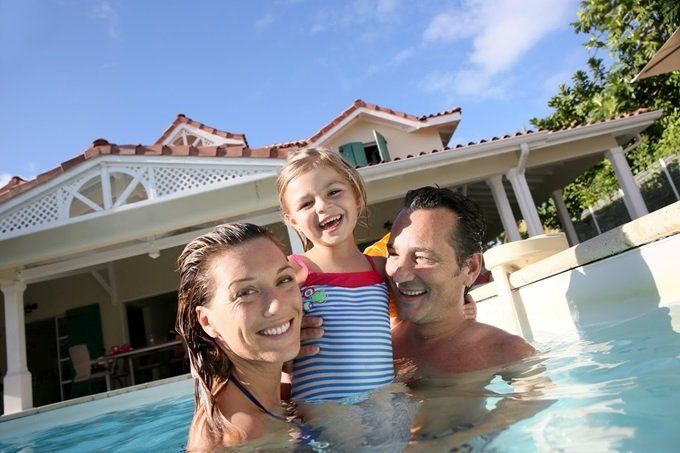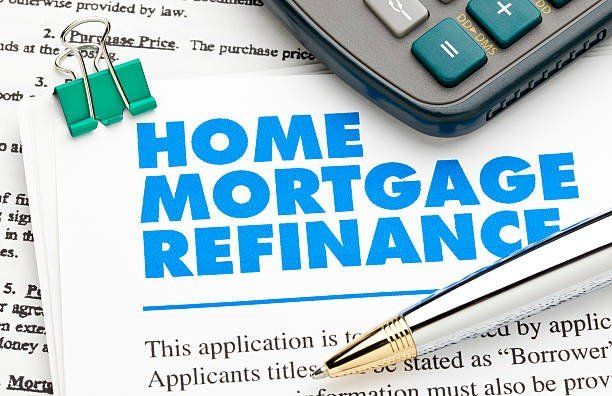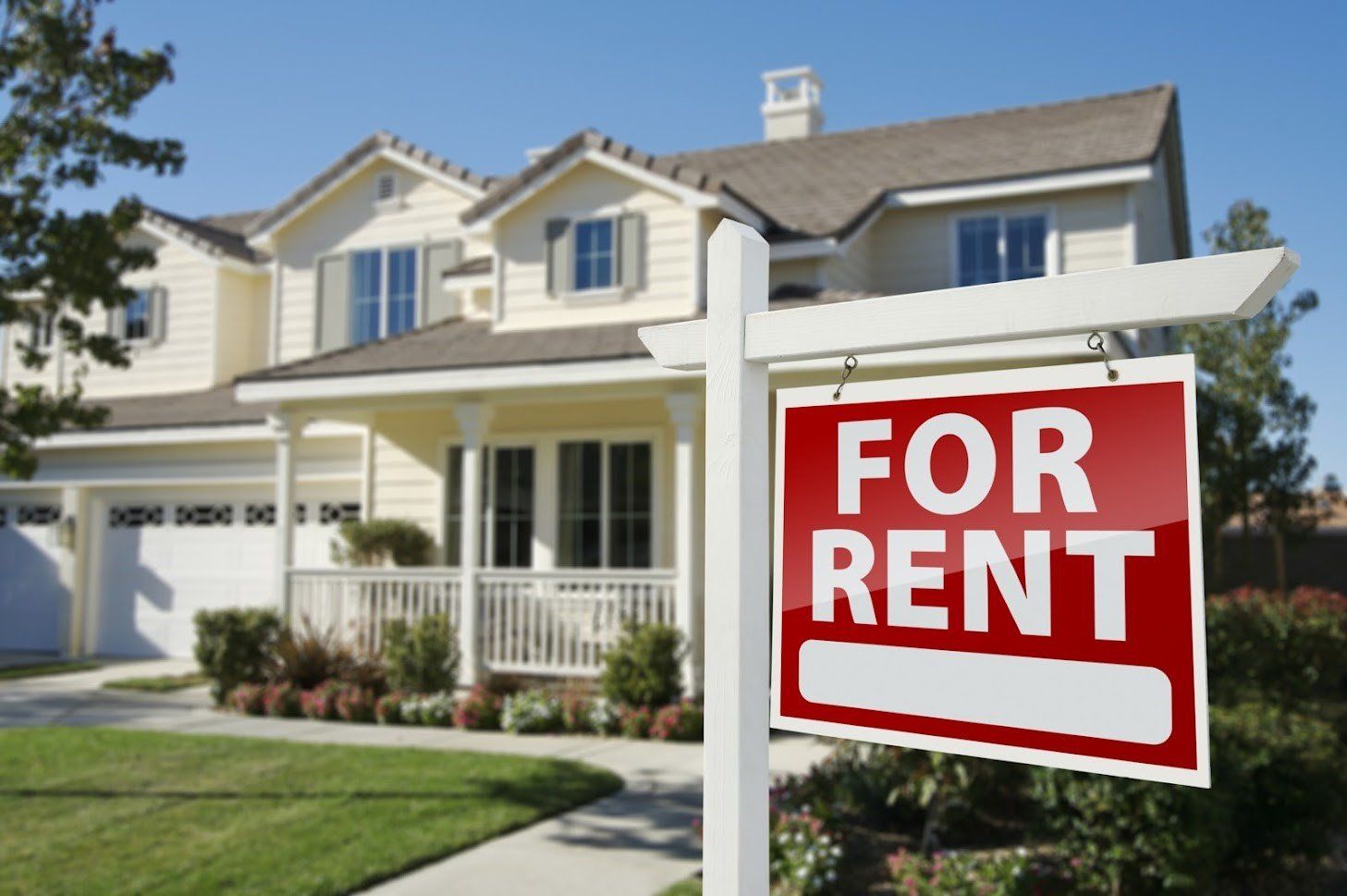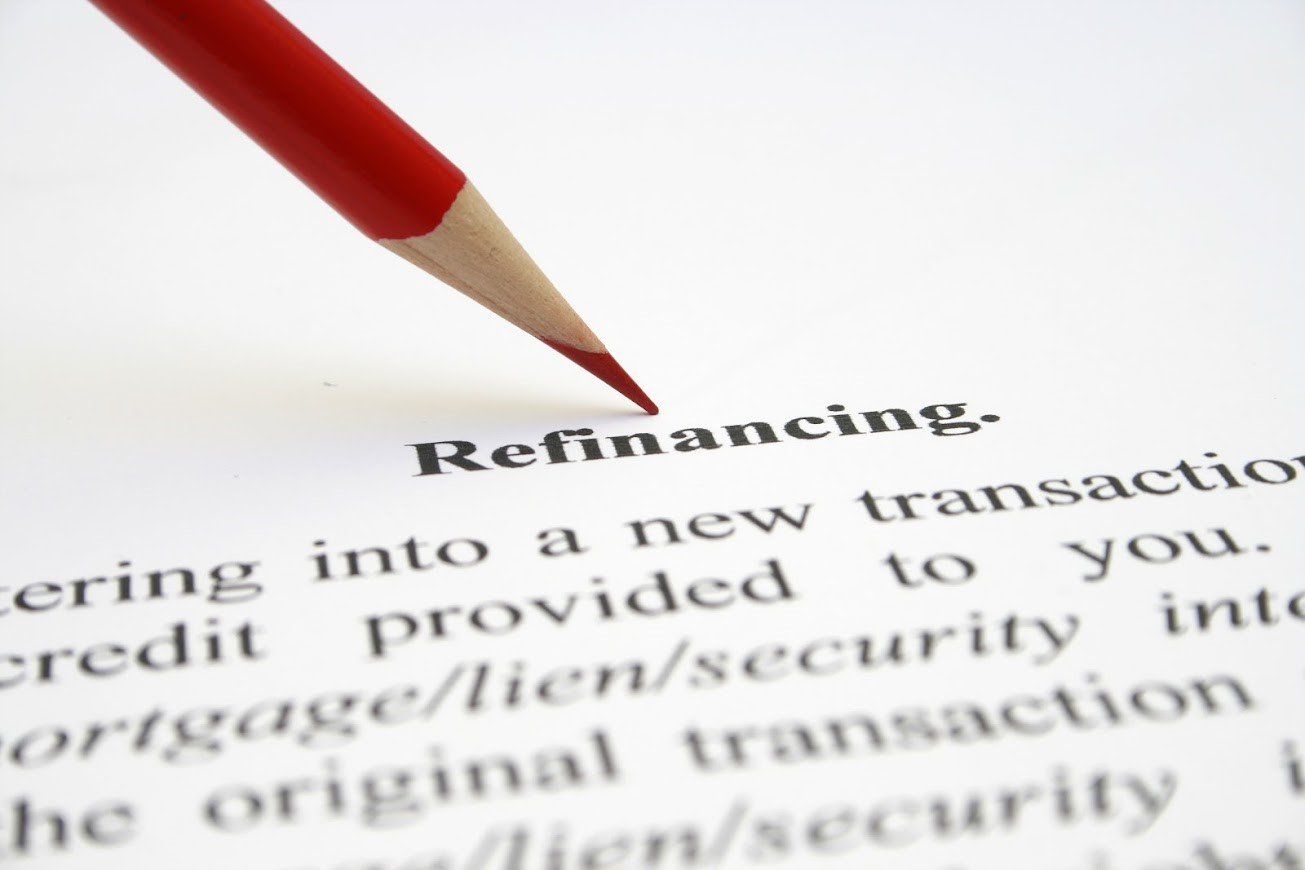If you've dreamed of frequenting your favorite vacation spot on the weekends and holidays, purchasing a vacation home is one way to make this dream a reality. However, before you can start searching for your dream vacation property, you need to secure financing for your second home.
The process of purchasing a second home is slightly different than the one for purchasing a primary residence. Discover a few things you need to know about applying for a mortgage for a vacation home.
1. Decide If You Prefer Financing for a Vacation Home or Rental Property
When you need to apply for financing for your second home, decide if you want to apply for financing for a vacation home or a rental property. While you can use your vacation home as a rental, when shopping for a mortgage, you'll need to designate it as one or the other.
The approval requirements for a mortgage to purchase a vacation home are stricter than those for a primary residence. Your lender will likely require a higher credit score, and you'll need to have some type of money in liquid savings. Typically, the interest rate for a loan to buy a second home is lower than the rate with mortgages to buy rentals.
Expect a more involved loan process if you want to buy the property with a loan intended for financing rentals. Provide your lender with a rental schedule that demonstrates what kind of rental income you can expect from the property.
You'll also need to have ample cash on hand for your down payment; most lenders want a down payment of
20 percent
of the home's purchase price for rental properties.
2. Use the Equity in Your Primary Residence to Purchase Your Vacation Home
A third financing option is to take the equity in your primary residence and use it to purchase your vacation home. The equity in your home is equal to the value of your home less any loans that you have on the property. For example, if you owe $50,000 on a home worth $250,000, you have $200,000 in equity.
You can access your home's equity by taking out a home equity loan or by refinancing your home's mortgage with a cash-out loan. Both of these loan options tend to have affordable interest rates. How much equity your lender lets you borrow and your loan's interest rate depends on your income, debt, and credit history.
An advantage of using the equity in your primary home to buy a vacation home is that you don't have to make a rapid decision as to whether you want to rent the home. You're free to use the proceeds from your home equity loan or cash-out refinance however you please.
3. Adhere to the Lender's Debt-to-Income Ratio
Regardless of what type of financing you use to buy your vacation property, you must adhere to the lender's debt-to-income ratio. Most lenders require borrowers to keep their debt-to-income ratio under 40 percent. This means that the total amount of all your debt, including all your mortgages, must not exceed
40 percent
of your gross income.
Assume that you have a monthly income of $6,000. If you calculate 40 percent of $6,000, the result is $2,400. When you add up all your loans (including mortgages, credit cards, student loans, and personal loans), it shouldn't exceed this number.
Note that you may not want to hit your lender's max debt-to-income ratio. Sit down, look at your budget, and check that your anticipated loan payments are in line with your financial goals and personal comfort level.
Ready to discuss financing options for your vacation home?
Contact
Secure One Capital Corporation to discuss your options.

















